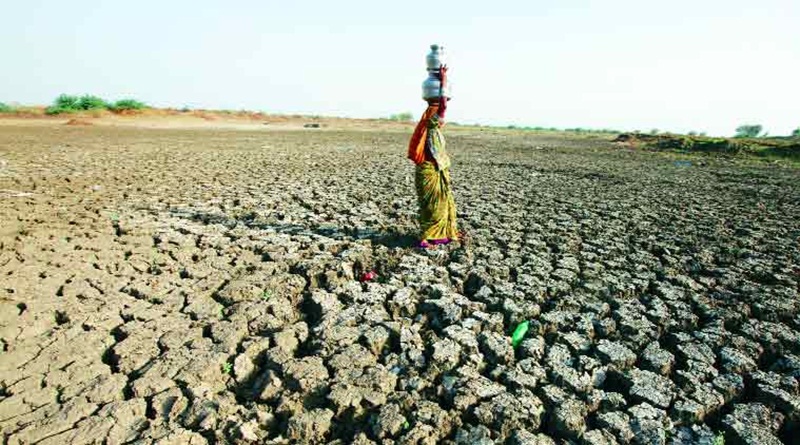Maharashtra’s food output to fall sharply as a result of climate change post 2033: Study
A study peer reviewed by Springer Nature journal shows that Maharashtra is very likely to experience considerably warmer conditions post 2033 which in turn would reduce food production in the state. Rainfall patterns in the state are also expected to change.


Maharashtra government needs to consider these environmental changes while formulating policies regarding agricultural and water resources. Photo: Creative Commons
Already struggling with dipping groundwater levels and droughts, Maharashtra is on the course to face worse effects of the climate change after 2033 which will compromise food production in the state and affect the food security of the country at large, a study has revealed.
The study — Future Climate Change Scenario over Maharashtra, Western India: Implications of the Regional Climate Model for the Understanding of Agricultural Vulnerability — published in peer reviewed journal Springer Nature states that Maharashtra is very likely to experience considerably warmer conditions post 2033.
Also Read: Brace for a hot summer season
“Agronomic studies have confirmed that the warmer climatic conditions never favour agricultural productivity. The future rise in temperature is very likely to reduce the productivity of traditional rain fed (jowar, bajra, pulses) crops and irrigated cash crops (sugarcane, onion, maize, etc.) as well,” Rahul Todmal, the professor who carried out the study was quoted as saying.
“The rise in annual minimum temperature, particularly during the winter season, may adversely affect the productivity of wheat,” he added.
The study explained that a future increase in the annual mean temperatures in the areas with water scarcity will deteriorate the water crisis in the state. But the worsening of water scarcity in the semi-arid regions will be accompanied with a general increase in the rainfall during the monsoon season by 18 per cent to 22 per cent . “Parts of the Vidarbha sub-division and Western Ghats exhibit a significant increase in rainfall by 82–225 mm [post 2033]”, the study revealed.
“Particularly, the Vidarbha and Konkan areas may register assured increase in rainfall by 2050. This rainfall increase can be destructive, and will pave the way for extreme events. It may result in repetition of the catastrophic flood events as experienced in Kolhapur, Sangli and Satara districts in August 2019,” the professor said.
Also Read: After Telangana, heavy rainfall batters Maharashtra; at least 27 dead, major kharif crops lost
Though Maharashtra has a larger share of rain fed crops, for the last few decades, as a result of market conditions, cultivation of cash crops which get better prices is increasing at the cost of traditional or rain fed crops. This is augmenting the agricultural water demand, the study said.
“In a nutshell, nature is posing a threat to agriculture from one side and the uncontrolled changes in cropping pattern adding pressure on water resources from the other,” Todmal said.
As a measure to prevent the upcoming destructive effects of climate change in the state, the study recommends that the Maharashtra government needs to consider these environmental changes while formulating policies regarding agricultural and water resources.
“Strategies should be decided to manage the additional volume of water in the regions while agronomists and agricultural scientists need to introduce drought-resistant crop varieties which can perform well under warmer conditions,” it advised.

